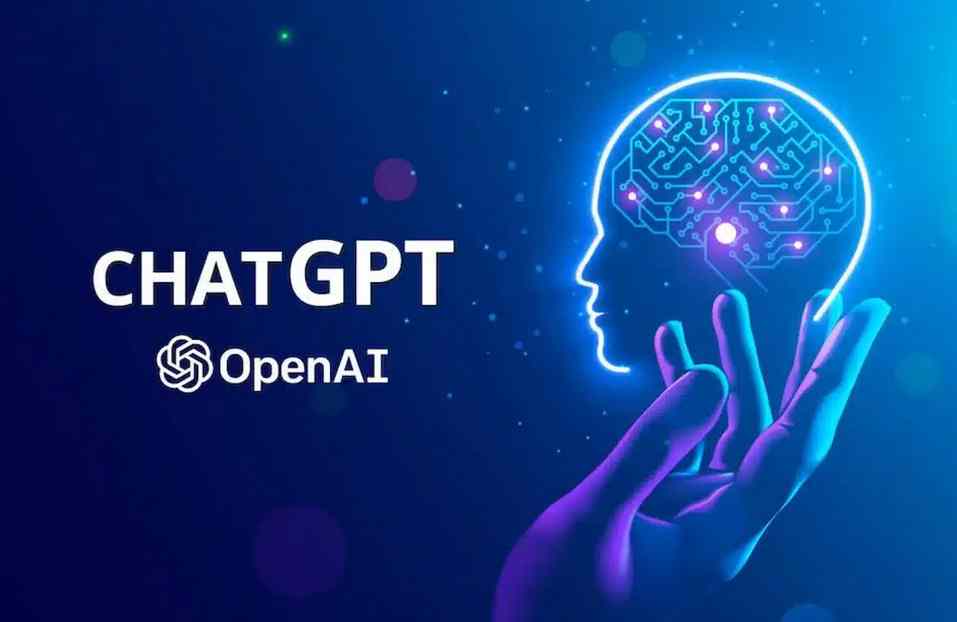OpenAI has announced some essential updates for its bestseller – ChatGPT, and other products during its yearly conference, DevDay. The main announcement is the new language model for ChatGPT, called Turbo. Here is the list of differences between ChatGPT – 4 OpenAI and ChatGPT – 4 Turbo.
GPT Turbo is an advanced version for current top-tier ChatGPT version – GPT-4 OpenAI. This is not the end of updates list – ChatGPT now has API for developers to build third-party self-service solutions powered by ChatGPT, or even to improve the current chat model.
Nonetheless, as ChatGPT-4 is still available only on paid basis, new updates are also available for only a part of users. Let’s get deeper into it.
What is ChatGPT?
For those who don’t yet know – ChatGPT is a language model, an AI-powered chatbot that is capable of providing answers to user questions. It has a few different versions which differ by their capabilities and which we are going to discuss below.
What Is GPT-4 Turbo?
GPT-4 Turbo is the most advanced version of ChatGPT, as it is more powerful and capable than its predecessors, GPT-4 and GPT-3.5. The main issue with previous versions was that they were limited in providing accurate data about events happened after September 2021 (later prolonged to January 2022), as these were the dates when its data set was cut off.
GPT-4 Turbo is provided with data about all events until April, 2023, which makes it more accurate and relevant. The next step will probably be to provide ChatGPT access to real-time data.
GPT-4 Turbo now can work with images and text-to-speech prompts, which also eliminates the need to switch between OpenAI tools, like DALLE-3. New version is also capable of handling 128K context window, which is equivalent to 300 pages of text.
Who can access GPT-4 Turbo?
OpenAI says that “GPT-4 Turbo is available for all paying developers to try by passing GPT-4-1106-preview in the API”, and revealed that the company plans to release “the stable production-ready model in the coming weeks.”
This means that the model is still in beta, and it is accessible only in preview mode. Nonetheless, first users to gain full access will be paid users of Plus and Enterprise subscriptions.
GPT 4 Turbo vs GPT-4 vs GPT-3.5 Turbo: How ChatGPT’s Models Compare
We can say that the difference between these three models is quite simple: the most advanced version of ChatGPT is – without a doubt – the ChatGPT -4 Turbo, while ChatGPT – 4 is its “younger brother”, and ChatGPT – 3.5 Turbo is kind of starting solution.
What are Custom GPTs?
Another new product of the OpenAI is called “GPTs”, which refers us to the opportunity for developers to create custom versions of ChatGPT. OpenAI hopes people will use it for creating custom solutions for exact purposes, and then sharing their creations with others.
DevDay was also an opportunity to for OpenAI employees to show how it works – they run custom chatbot agents. Surprisingly, no coding knowledge is needed to get it all set.
“Many power users maintain a list of carefully crafted prompts and instruction sets, manually copying them into ChatGPT,” the company said in a recent blog post. “GPTs now do all of that for you.”
OpenAI also states that the most popular custom versions will be sold through official store, which means developers will earn money on it.
Who can access ChatGPT’s custom GPTs?
It is vital to say that an option to create custom GPTs is available only for paid users of Plus or Enterprise plans.
Free users have to wait a little bit longer, but it seems that functionality will be available for free – but probably in limited format.
What Is OpenAI’s Assistants API?
ChatGPT’s new Assistants API is built on the same technology as the new custom GPTs, with the goal of “helping people build agent-like experiences within their own applications”.
OpenAI shared some case examples of how this feature can be used, and it included vacation planner, data analysis assistant, and coding assistant.
You can also provide the assistant with your internal organization’s data to make it operate more smoothly, but it won’t use it for training purposes and you will be able to delete the data when needed.
Who can access the Assistants API?
Assistants API does have free access, you just have to use the same login details you use to access the ChatGPT itself.
ChatGPT’s Reduced Pricing Model
ChatGPT is also going to become cheaper – at least in the matter of token prices, as the company announced their review and decrease.
Tokens are the units the language models use to process data, where input token is used to send data to the language model, and output token is used to get a response.
GPT-4 Turbo input tokens are now three times cheaper than GPT-4 tokens. They cost just $0.01, while output tokens cost $0.03, which is half the price of what they cost for GPT-4.
GPT-4 Turbo is now significantly cheaper than GPT-4, with the price for input token at $0.01, while output tokens cost $0.03, which is three times and half the price cheaper compared to GPT-4 respectively.
The same it works for GPT-3.5 Turbo, which als has lower prices for tokens than basic ChatGPT – 3.5.
Using ChatGPT at Work
Workers globally are discovering innovative ways to incorporate ChatGPT into their daily workflows. However, utilizing such a powerful tool to optimize task efficiency requires careful consideration.
Primarily, a consensus among business leaders suggests that employees should seek permission before integrating AI tools like ChatGPT at work. When contemplating AI use for any task, it is crucial to ensure transparency by communicating with your manager or department head, minimizing the risk of confusion and errors.
This transparency becomes particularly vital when employing AI to generate content intended for sharing with clients or customers. It is well-known that ChatGPT and other AI tools, like Bard, may exhibit a tendency to “hallucinate,” emphasizing the essential need for thorough proofreading and fact-checking of the generated content.
Additionally, being transparent about your AI tool usage is vital, as ChatGPT’s treatment of your data depends on the specific product in use. While there are options to opt out of data usage for training purposes, OpenAI retains the right, as outlined in their privacy policy, to utilize your data if chat history remains active.
Furthermore, your workplace’s guidelines regarding tasks suitable for ChatGPT assistance may be connected to the type of data your organization is comfortable sharing. Regularly checking these guidelines ensures alignment with your workplace’s policies and practices.


